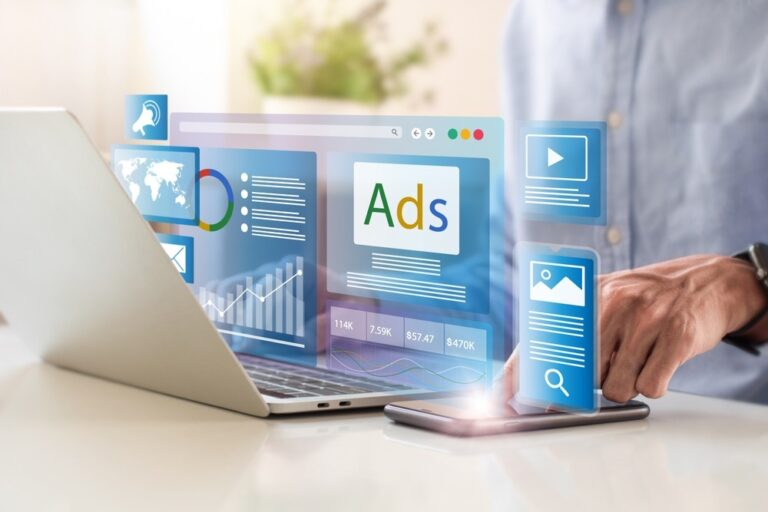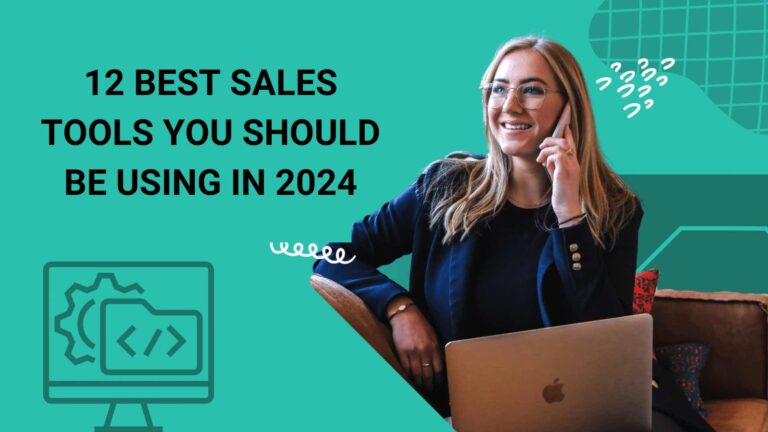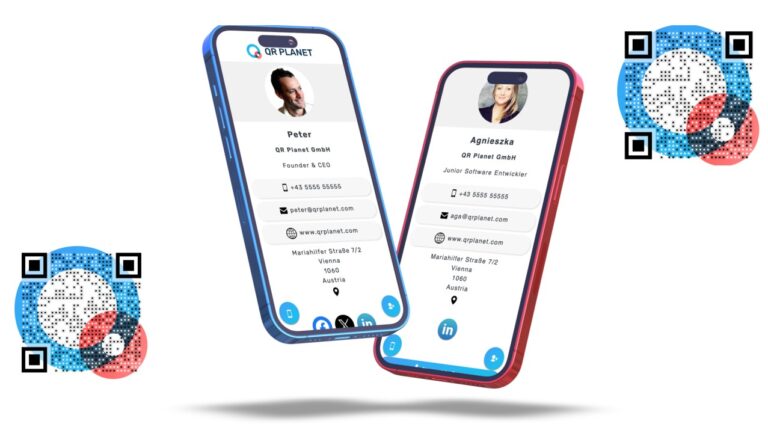Top 5 Strategies for B2B Paid Marketing

Introduction to B2B Paid Marketing Strategies
Why Paid Marketing Matters for B2B
In the B2B world, paid marketing is like a turbo boost for your business. It gets you in front of the right people, fast. Unlike waiting around for organic traffic, paid marketing gives you instant visibility and lets you zero in on decision-makers. Nail your paid marketing game, and you’ll see your brand shine, your leads multiply, and your sales cycle speed up. Want more tips? Check out our article on top B2B paid marketing tactics.
Top 5 Strategies You Need to Know
Paid marketing isn’t one-size-fits-all. Here are five killer strategies that can make a real difference for your B2B efforts:
- Search Engine Marketing (SEM)
- Use Paid Search Ads
- Target Keywords Smartly
- Account-Based Marketing (ABM)
- Personalize Campaigns for Key Accounts
- Sync Up Sales and Marketing
- Social Media Advertising
- Leverage LinkedIn for B2B
- Craft Engaging Ads
- Retargeting and Remarketing
- Reconnect with Interested Leads
- Create Compelling Retargeting Ads
- Content Promotion
- Push High-Quality Content via Paid Channels
- Track Content Performance and ROI
These strategies, when done right, can supercharge your B2B marketing. Each one has its perks and can be tweaked to fit your goals. For more on how to optimize these strategies, check out our guide on B2B paid advertising best practices.
Here’s a quick look at what each strategy brings to the table:
| Strategy | Key Benefits |
|---|---|
| Search Engine Marketing (SEM) | Quick Visibility, High-Intent Traffic |
| Account-Based Marketing (ABM) | Personalized Outreach, Better Sales Alignment |
| Social Media Advertising | Targeted Reach, High Engagement |
| Retargeting and Remarketing | Higher Conversion Rates, Re-engage Interested Leads |
| Content Promotion | Wider Content Reach, Better ROI Tracking |
For more on creating killer campaigns, dive into our article on effective B2B paid marketing campaigns.
1. Search Engine Marketing (SEM)
Boosting Visibility with Paid Search Ads
Search Engine Marketing (SEM) is a powerful tool for B2B marketing. Paid search ads can put your business front and center on search engines like Google and Bing. These ads pop up right at the top of search results, making them hard to miss for potential clients.
Paid search ads are great for snagging those leads who are actively hunting for what you offer. Here’s what you need to nail:
- Ad Copy: Write catchy ad copy that grabs eyeballs and gets clicks.
- Landing Pages: Make sure your landing pages are set up to turn visitors into leads.
- Bid Strategy: Set smart bids to get your ads seen without blowing your budget.
Hitting the Mark with Keywords
Picking the right keywords is key to a winning SEM campaign. The right words get your ads in front of the right people. Here’s how to do it:
- Keyword Research: Dig deep to find out what your potential clients are searching for. Tools like Google Keyword Planner can help.
- Long-Tail Keywords: Go for long-tail keywords. They’re more specific and less competitive, which means better chances for conversions.
- Negative Keywords: Use negative keywords to weed out irrelevant searches, so your ads hit the right audience.
| Keyword Type | Example | Search Volume | Competition | Cost Per Click (CPC) |
|---|---|---|---|---|
| Short-Tail | “Marketing” | High | High | High |
| Long-Tail | “B2B marketing strategies” | Medium | Medium | Medium |
| Negative | “Free marketing tools” | Low | Low | Low |
Keep an eye on your keywords and tweak them based on how they’re performing. For more tips on getting your keyword game on point, check out our article on top B2B paid marketing tactics.
By using paid search ads and smart keyword targeting, you can boost your visibility and reel in more qualified leads. For more on how to make these strategies work for you, dive into our guide on B2B paid advertising best practices.
2. Account-Based Marketing (ABM)
Account-Based Marketing (ABM) is a killer B2B strategy that zeroes in on creating personalized campaigns for specific target accounts, often leading to higher engagement and conversion rates.
Personalizing Campaigns for Target Accounts
Personalization is the heart and soul of ABM. By crafting campaigns that speak directly to the unique needs and pain points of specific accounts, businesses can create more relevant and impactful marketing messages.
- Spotting Target Accounts: First off, you need to pinpoint high-value accounts that fit your business goals.
- Digging for Insights: Gather all the juicy details about each target account, like their industry, company size, key decision-makers, and business challenges.
- Tailored Content: Whip up content and messaging that hits the nail on the head for each target account’s needs and interests.
- Multi-Channel Blitz: Use a mix of marketing channels like email, social media, and paid ads to bombard target accounts with personalized messages.
| Step | Action |
|---|---|
| Step 1 | Spot high-value accounts |
| Step 2 | Dig for insights |
| Step 3 | Create tailored content |
| Step 4 | Use a multi-channel blitz |
For more tips on creating effective B2B paid marketing campaigns, check out our article on effective b2b paid marketing campaigns.
Aligning Sales and Marketing Efforts
Nailing ABM means getting sales and marketing teams to play nice together. This teamwork ensures that both squads are chasing the same goals and can effectively nurture target accounts through the sales funnel.
- Shared Goals and Metrics: Set common goals and KPIs that both teams can rally around.
- Regular Huddles: Hold regular meetings and updates to keep everyone on the same page.
- Integrated Tools: Use marketing and sales platforms that talk to each other to streamline communication and data sharing.
- Team-Up on Campaigns: Get both sales and marketing teams involved in planning and executing ABM campaigns.
| Step | Action |
|---|---|
| Step 1 | Set shared goals and KPIs |
| Step 2 | Hold regular huddles |
| Step 3 | Use integrated tools |
| Step 4 | Team-up on campaigns |
By syncing up sales and marketing efforts, businesses can create a seamless strategy that boosts the effectiveness of their ABM campaigns. For more tips on optimizing B2B paid marketing strategies, visit our article on optimizing b2b paid marketing roi.
3. Social Media Advertising
Social media ads are now a must-have for B2B marketing. Platforms like LinkedIn let you zero in on your perfect audience and create ads that actually get results.
LinkedIn: Your B2B Marketing Best Friend
LinkedIn is the go-to for B2B marketing. It’s where you can connect with professionals, decision-makers, and industry bigwigs. LinkedIn’s targeting options are top-notch, letting you reach folks by job title, industry, and company size, so your ads hit the right eyeballs.
- Targeting Options: Job titles, industries, company sizes
- Ad Formats: Sponsored content, InMail, text ads, dynamic ads
- Audience Insights: LinkedIn gives you detailed analytics to see how your ads are doing
| Platform | Targeting Options | Ad Formats | Audience Insights |
|---|---|---|---|
| Job titles, industries, company sizes | Sponsored content, InMail, text ads, dynamic ads | Detailed analytics |
Want more on targeting strategies? Check out our article on top B2B paid marketing tactics.
Crafting Ads That Click
Creating ad content that grabs attention is key. Your content should speak directly to your audience and offer real value. Here’s what works:
- Informative Whitepapers: Share deep dives into industry topics
- Case Studies: Highlight your success stories
- Webinars and Events: Promote live sessions for insights and networking
- Infographics: Turn data into eye-catching visuals
| Content Type | Purpose |
|---|---|
| Informative Whitepapers | Share industry knowledge |
| Case Studies | Highlight success stories |
| Webinars and Events | Offer insights and networking |
| Infographics | Visualize data and trends |
To make sure your content hits home, keep these tips in mind:
- Know Your Audience: Understand their challenges and interests
- Clear Messaging: Keep it short and sweet
- Strong Call-to-Action: Tell them what to do next
For more on creating killer ad content, read our article on effective B2B paid marketing campaigns.
Using LinkedIn and crafting engaging content can supercharge your B2B marketing. Need more tips on getting the most bang for your buck? Visit our article on optimizing B2B paid marketing ROI.
4. Retargeting and Remarketing
Retargeting and remarketing are key players in B2B paid marketing. They help you reconnect with folks who’ve already checked out your stuff.
Reaching Out to Leads Who Have Shown Interest
Retargeting is all about showing ads to people who’ve been on your site or interacted with your brand. This keeps your business fresh in their minds and nudges them to come back and buy.
| Stage | Action | Retargeting Strategy |
|---|---|---|
| Awareness | Visited website | Display ads on other sites |
| Consideration | Viewed product pages | Show ads with specific product details |
| Decision | Abandoned cart | Send personalized discount ads |
To nail retargeting, you gotta know what users are up to and split them into groups based on their actions. For example, someone who browsed multiple product pages might see different ads than someone who just hit the homepage. This laser-focused approach boosts your chances of making a sale.
Crafting Compelling Retargeting Messages
The magic of retargeting lies in creating messages that hit home. Personalized content that speaks to what the user wants can seriously up your engagement game.
| Message Type | Example |
|---|---|
| Reminder | “Still thinking about [Product]? Come back and finish your purchase.” |
| Incentive | “Snag 10% off your next order with code SAVE10.” |
| Information | “Discover how [Product] can help your business thrive.” |
Creating killer messages means knowing what bugs your audience and what they need. Ads that offer solutions, perks, or extra info can lure users back to your site and boost your sales.
Retargeting and remarketing are powerful tools in effective B2B paid marketing campaigns. By reconnecting with interested leads and crafting personalized messages, you can get the most bang for your marketing buck. Dive deeper into optimizing these strategies in our article on optimizing B2B paid marketing ROI.
5. Content Promotion
Boosting Your Content with Paid Channels
Getting your top-notch content in front of the right eyes is key in B2B marketing. Paid channels can be a game-changer here. By using platforms like LinkedIn and Google Ads, you can make sure your content gets noticed by the folks who matter most. This not only amps up your visibility but also drives engagement and leads.
One solid way to promote your content is through sponsored posts on LinkedIn. This is where B2B pros hang out, looking for industry insights and solutions. Another smart move is using pay-per-click (PPC) campaigns on search engines. This puts your content right in front of people actively searching for what you offer.
To get the most bang for your buck, focus on quality and relevance. Make your content informative, valuable, and engaging. This will resonate better with your audience and boost your chances of conversions.
| Platform | Content Type | Cost per Click (CPC) | Audience Reach |
|---|---|---|---|
| Sponsored Posts | $5.26 | 610 million users | |
| Google Ads | PPC Campaigns | $2.69 | 3.5 billion searches/day |
| Facebook Ads | Boosted Content | $1.72 | 2.8 billion users |
Gauging Content Performance and ROI
Knowing how well your content is doing is crucial. You need to measure the performance and ROI of your paid campaigns to see if they’re hitting the mark. Key performance indicators (KPIs) like click-through rates (CTR), conversion rates, and cost per acquisition (CPA) give you the lowdown on how successful your efforts are.
Use analytics tools to keep an eye on these KPIs and tweak your strategies as needed. If a piece of content isn’t pulling its weight, maybe it’s time to refine your targeting or make the content more relevant.
To figure out the ROI of your content promotion, use this formula:
[ \text{ROI} = \frac{\text{Net Profit from Campaign}}{\text{Cost of Campaign}} \times 100 ]
| Metric | Definition | Importance |
|---|---|---|
| Click-Through Rate (CTR) | Percentage of users who click on the ad | Measures engagement |
| Conversion Rate | Percentage of users who complete a desired action | Indicates effectiveness of content |
| Cost per Acquisition (CPA) | Cost incurred to acquire a customer | Assesses cost-efficiency |
Keeping track of these metrics helps you fine-tune your B2B paid advertising strategies and get the best results. For more tips on maximizing your paid marketing ROI, check out our article on optimizing B2B paid marketing ROI.
Best Practices for B2B Paid Marketing Strategies
Want to get the most bang for your buck with B2B paid marketing? Follow these best practices to make sure your campaigns hit the mark and bring in the results you want.
Setting Clear Goals and KPIs
First things first, you need to know what you’re aiming for. Clear goals and key performance indicators (KPIs) are your roadmap. They tell you where you’re going and how well you’re doing along the way.
When setting goals, be specific and realistic. Common targets for B2B marketing include generating leads, boosting brand awareness, and driving conversions. Your KPIs should match these goals. For example, if you’re looking to generate leads, you might track cost per lead (CPL). If brand awareness is your goal, look at impressions and reach. And for conversions, keep an eye on your conversion rate.
| Goal | KPI | Description |
|---|---|---|
| Generate Leads | Cost Per Lead (CPL) | Measures how much you’re spending to get new leads |
| Boost Brand Awareness | Impressions & Reach | Tracks how many people see your ads |
| Drive Conversions | Conversion Rate | Percentage of users who take the action you want |
For more details, check out our guide on B2B Paid Advertising Best Practices.
Testing and Tweaking for Best Results
You can’t just set it and forget it. Continuous testing and tweaking are crucial. By playing around with different parts of your campaign—like ad copy, visuals, and targeting—you can see what works best.
A/B testing, or split testing, is a great way to compare two versions of an ad or landing page to see which one performs better. Regularly review your campaign performance and make data-driven changes to improve your results.
| Test Element | Variable A | Variable B | Metric |
|---|---|---|---|
| Ad Copy | Headline A | Headline B | Click-Through Rate (CTR) |
| Visuals | Image A | Image B | Engagement Rate |
| Targeting | Audience A | Audience B | Conversion Rate |
For more tips on optimizing your campaigns, check out our article on Effective B2B Paid Marketing Campaigns.
By setting clear goals and KPIs and continuously testing and tweaking your strategies, you can make your B2B paid marketing efforts pay off big time. For more advice on getting the best return on investment, explore our resource on Optimizing B2B Paid Marketing ROI.






![10 Proven Facebook Ad Strategies That Convert [2024]](https://adflou.com/wp-content/uploads/2024/08/facebook-ads-768x513.jpg)